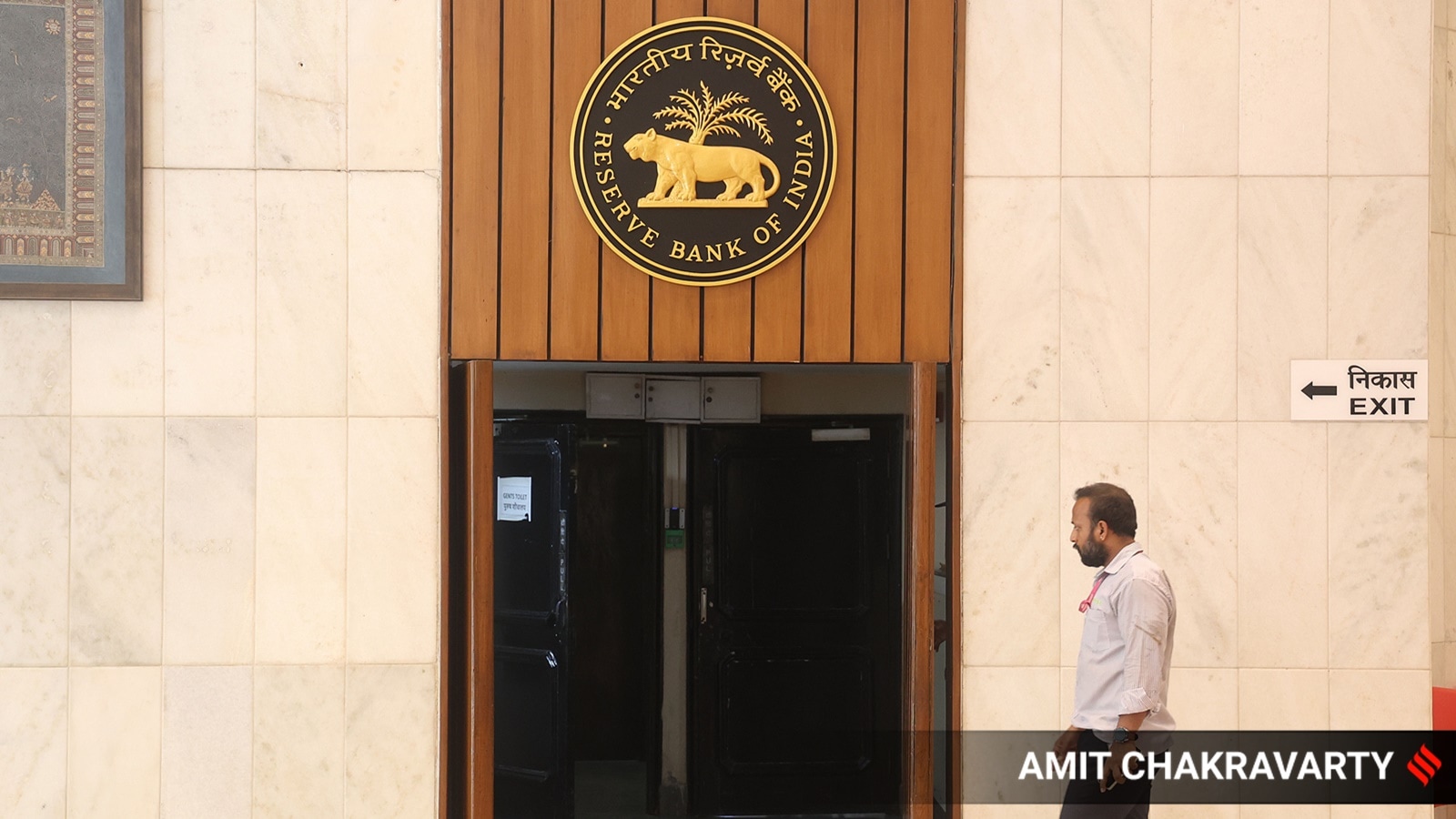Urban Indian households remained pessimistic about their economic situation at present in May 2025, with the Reserve Bank of India’s (RBI) Urban Consumer Confidence Survey, released Friday, showing that Current Situation Index (CSI) for these households inched down to 95.4 from 95.5 in March 2025. Rural households reported a similar decline, with their CSI edging down to 100.0 from 100.1.
An index number of less than 100 is indicative of pessimism, while a 100-plus figure suggests optimism. While rural households’ assessment of their current situation has been steadily improving since falling to 96.1 in July 2024, the CSI for urban households has been under 100 for more than six years.
The findings of the two surveys are broadly in line with expectations, with a good monsoon and falling food inflation seen driving rural demand and consumption.
However, even with headline retail inflation at a multi-year low of just 3.16 per cent in April 2025 and food inflation at 1.78 per cent, both urban and rural households were highly pessimistic when it came to their perception of current price levels and expectations one year from now. To be sure, their one-year-ahead expectations about prices were less pessimistic than what they thought about the present.
Hopeful about the future
Although the RBI surveys showed that while households are not impressed by their current situation, they are hopeful about the future, with those in both urban and rural areas indicating greater optimism about the year ahead. While urban households’ Future Expectations Index (FEI) increased to a one-year high of 123.4 in May 2025, that of rural households printed at 126.2, the highest in the survey’s short history which dates back to September 2023.
The RBI has renamed its erstwhile Consumer Confidence Survey as Urban Consumer Confidence Survey from May 2025 onwards, while the Rural Consumer Confidence Survey was released for the first time in April 2025. The latest round of the two surveys was conducted during May 2-11, 2025, with 6,090 respondents in the urban survey and 8,969 in the rural one.
In his statement while announcing the Monetary Policy Committee’s decision on Friday, RBI Governor Sanjay Malhotra had said “rural demand remains steady, while urban demand is improving”.
Story continues below this ad
Prices apart, both urban and rural households were pessimistic in their perception of the current employment scenario, but fairly optimistic about the future.
Cooling inflation expectations
A separate RBI survey on households’ inflation expectations showed that the perception of current inflation eased by by 10 basis points (bps) to 7.7 per cent in May 2025 from March 2025, with their one-year-ahead expectations down 20 bps at 9.5 per cent, according to 6,079 valid responses from 19 major cities.
Meanwhile, the Rural Consumer Confidence Survey also measured inflation expectations in rural and semi-urban areas, finding that households’ current perception of inflation was down 30 bps at 6.3 per cent in May 2025, while one-year-ahead expectations declined by 40 bps to 8.9 per cent.
Inflation expectations are closely watched by policymakers as keeping them anchored is critical to ensuring price stability. The RBI’s Household Inflation Expectations Survey is one of only two such surveys, with the other being Indian Institute of Management-Ahmedabad’s Business Inflation Expectations Survey (BIES). As per the latest BIES, one-year-ahead inflation expectations of Indian businesses declined slightly by 5 bps from March 2025 to 4.12 per cent in April 2025. The BIES primarily considers companies from the manufacturing sector.
Story continues below this ad
Households’ inflation expectations are usually higher than those of businesses as the former primarily focus on food and fuel prices, which tend to be volatile. Businesses, meanwhile, consider the price of a wide range of commodities that are inputs in their production process.


